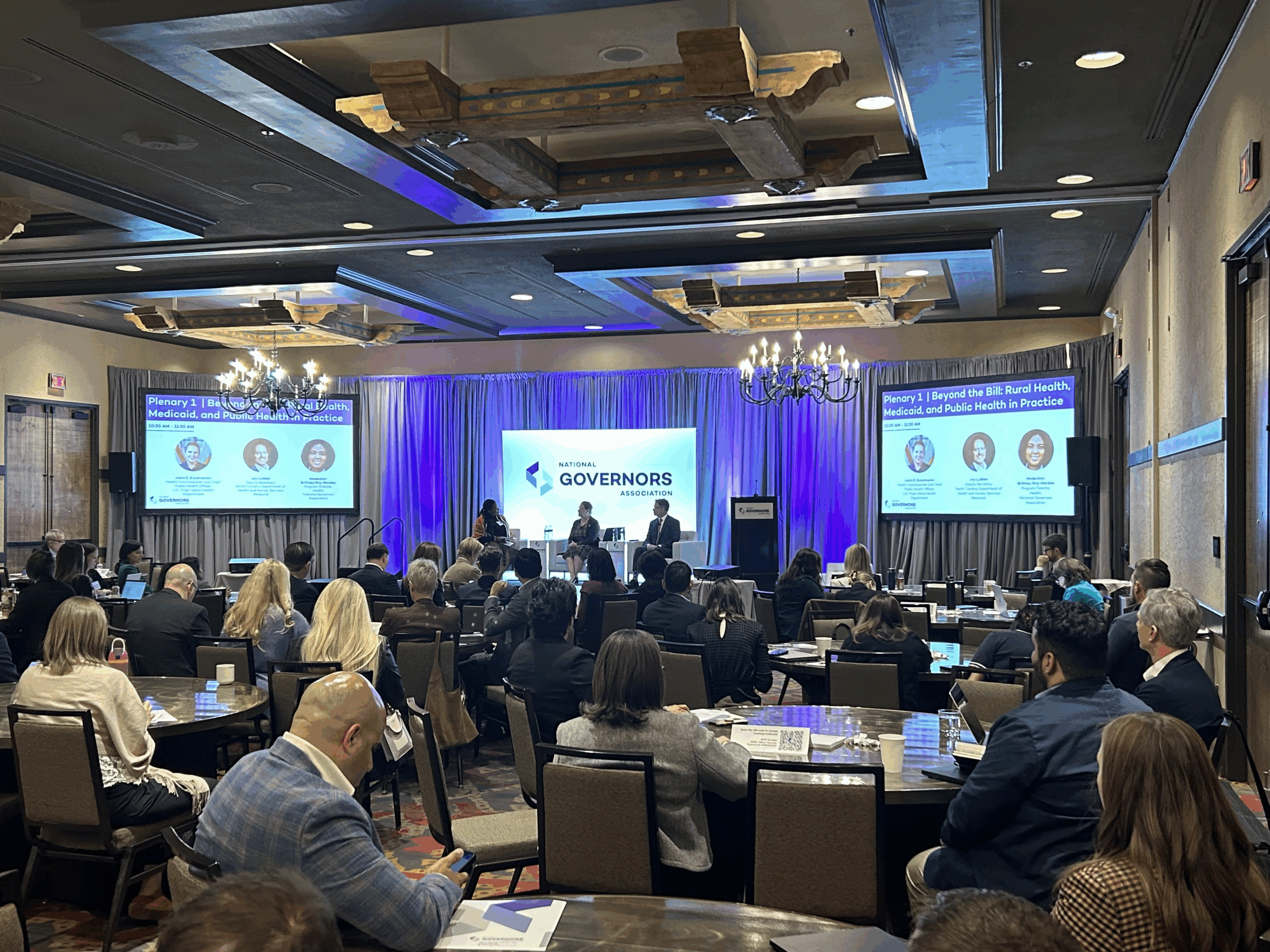May 20, 2019
The Honorable Roy Blunt
Chair
Appropriations Subcommittee on Labor, Health and Human Services and Education
U.S. Senate
Washington, DC 20510
The Honorable Patty Murray
Ranking Member
Appropriations Subcommittee on Labor, Health and Human Services and Education
U.S. Senate
Washington, DC 20510
The Honorable Rosa DeLauro
Chair
Appropriations Subcommittee on Labor, Health and Human Services and Education
U.S. House of Representatives
Washington, DC 20515
The Honorable Tom Cole
Ranking Member
Appropriations Subcommittee on Labor, Health and Human Services and Education
U.S. House of Representatives
Washington, DC 20515
Dear Chairman Blunt, Ranking Member Murray, Chairwoman DeLauro, and Ranking Member Cole:
On behalf of the nation’s governors, we urge Congress to uphold the state-federal partnership in education, health and workforce training by building on the investments made in the fiscal year (FY) 2019 appropriations for Labor, Health and Human Services, Education and related agencies. Prioritizing funding for federal education, health and workforce programs in the budget and appropriations for FY 2020 is critical to ensure state economies remain on a strong foundation for continued growth.
Governors collectively call on Congress to prioritize investments in the following critical federal programs to ensure that costs are not shifted to states, program objectives are met and citizens in our states are prepared for successful lives:
• All programs under the Every Student Succeeds Act (ESSA) – States support full funding for key programs under ESSA, including Supporting Effective Instruction state grants, 21st Century Community Learning Centers and continued growth of the Student Support and Academic Enrichments block grant.
• All programs under the Workforce Innovation and Opportunity Act (WIOA) – Governors have leveraged federal job-training funds to recover from recessions, grow small businesses and attract industries to their states. More than 30 states are leveraging WIOA funding for apprenticeships and work-based learning. Without further investment in WIOA formula programs, Wagner-Peyser and the Governors’ workforce reserve, state economies will be at risk.
• Programs and state grants under the SUPPORT for Patients and Communities Act – Governors are leveraging federal funds to combat the opioid crisis through prevention efforts and expanding access to treatment and recovery services. The SUPPORT Act builds upon and continues funding for critical programs, and governors ask for robust funding to ensure states can fully respond to this evolving crisis.
• Maternal & Child Health Block Grant – Governors see a critical need to improve health outcomes for mothers and children. With the rise in maternal deaths over recent years, robust funding for maternal health is more important than ever.
• Substance Abuse Prevention and Treatment Block Grant (SABG) and Community Mental Health Services Block Grants (MHBG) – The SABG provides critical funding to states for prevention, treatment and recovery support services for individuals with substance abuse disorders, and MHBG funding provides comprehensive, community-based mental health services to adults and children.
• Child Care and Development Block Grant (CCDBG) – With the historic increases to CCDBG in fiscal year 2019, states have made great strides in working towards eliminating child care wait lists, strengthening child care worker background check procedures, and many other improvements to child care and early learning. Sustained investment in CCDBG will allow governors to continue these steps forward to improve child care for working families.
• State grants under the Perkins Career and Technical Education Act – Governors are using Perkins funding to reduce remediation, fuel innovation in schools and provide students with hands-on learning in real-world environments. The federal funding stream for Perkins must remain strong to ensure students are prepared for a 21st century economy.
• Part B and Part C state grants under the Individuals with Disabilities Education Act (IDEA) – For decades, the federal government has consistently failed to meet its commitment to fund, in full, 40 percent of the excess costs to states of educating students with disabilities. Without addressing the underfunding of IDEA, Congress will exacerbate the mandates under this law.
• State Opioid Response (SOR) grants – States are leveraging SOR grants to expand opioid treatment, crisis interventions, recovery supports and prevention services. With SOR grants, outpatient treatment to address the opioid crisis is being provided to thousands of individuals in states across the country. Robust funding for these grants is critical for states to stem the tide of addiction and opioid-related deaths.
• Preschool Development Grants (PDG) – Governors understand that early childhood education is a key component of building a literate and skilled workforce. Over the past five years, PDG have become an indispensable tool for governors in 45 states to expand access and improve quality for our youngest learners. We need sustainable funding for this program so that governors will continue to have access to these opportunities.
• Competitive Funding for Apprenticeships – The first wave of competitive apprenticeship grants appropriated by Congress in 2016 flowed through governors to spur innovation from the highest level of state government. Through the Appropriations Act, Congress should ensure governors are the conduit through which any future resources for apprenticeship expansion flow to ensure previous investments in states to increase the number of apprentices can continue and local innovation can be spurred regionally and statewide.
As Congress determines how to appropriately invest in these programs, governors ask that you carefully consider the impact of any changes or cuts to these programs on state budgets at a time when both federal and state resources are limited. Governors stand ready to partner with you to creatively address fiscal challenges and produce federal funding solutions that allow the economy of our nation and each state to remain strong.
Sincerely,
Governor Asa Hutchinson
Chair
Education and Workforce Committee
Governor Jay Inslee
Vice Chair
Education and Workforce Committee
Governor Kate Brown
Chair
Health and Human Services
Governor Charlie Baker
Member
Executive Committee
Cc:
Chair and Ranking Member of the Senate Committee on Appropriations
Chair and Ranking Member of the House Committee on Appropriations
The Honorable Mick Mulvaney, Director of the Office of Management and Budget











